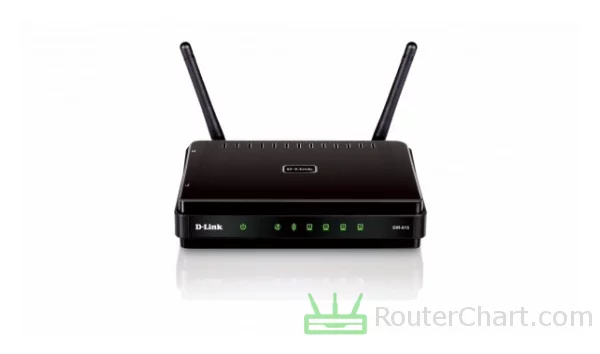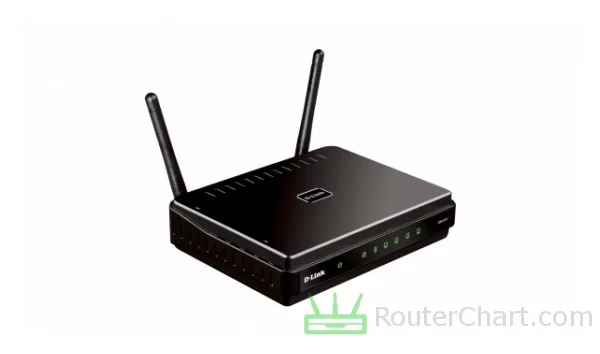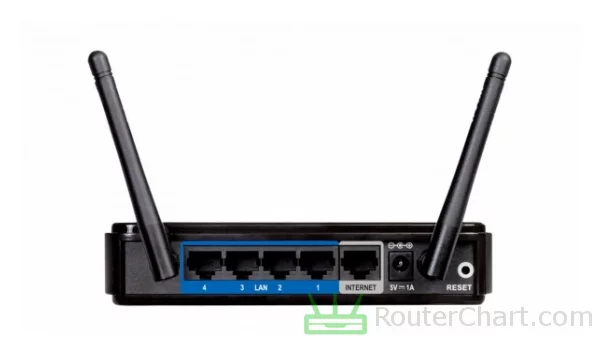D-Link N300 router review
D-Link introduced the N300 router in 2013. It is powered by Realtek RTL8196E @ 400 MHz chipset, 8 MB of RAM, and 2 MB of flash memory.
Want to know if the N300 is a game-changer? Keep reading to know!
Table of Contents
Our personal experiences and opinions form the basis of this article. We aimed to share insights on a topic, and we hoped others would find it useful and inspirational. The specs below rely on official manufacturer data, but we also consider user reviews. If you noticed any mistakes or missing details about the D-Link N300, please let us know. Furthermore, we strive to deliver a thorough and precise overview.

The N300 is a basic Wi-Fi router. It provides reliable wireless connectivity for small homes or apartments. D-Link provides good customer support services through their website.
D-Link N300 specifications
| Brand | D-Link |
|---|---|
| Name | N300 |
| Type | DIR-615 |
| Rating | |
| Launch | 2013 |
Body
| Dimensions | 148 x 113 x 32 mm |
|---|---|
| Weight | 214 g |
If you have limited space, like in a small apartment or office, the dimensions can determine if it can fit there. The weight of router is not typically a critical factor for most home or office setups.
System
| Chipset | Realtek RTL8196E @ 400 MHz |
|---|---|
| RAM | 8 MB |
| Flash | 2 MB |
| OS | D-Link |
| Power supply | 12 V / 0.5 A |
The Realtek RTL8196E @ 400 MHz CPU is key. It, along with factors like RAM and firmware, decides how well the router works. You cannot expand the router's memory (8 MB). When choosing a router, it is important to consider the RAM specifications. A larger flash memory allows for more space to store configuration backups. Upgrading router firmware has become simple and user-friendly. The D-Link provides the right power supply. It is 12 V / 0.5 A, this matches the router's voltage needs.

Network
| Protocols | IPv4 |
|---|---|
| LAN ports | 4 x 10/100 Mbps |
| WAN ports | 1 x 10/100 Mbps |
| Mobile network | no |
| VPN support | no |
The router supports many networking standards. It ensures compatibility with different devices and systems. Most networking equipment, like routers and switches, supports IPv4. Wired connections may bottleneck due to the limits of Fast Ethernet ports.
Wireless
| Antennas | 2 x 2 dBi RP-SMA |
|---|---|
| 2.4 GHz | yes |
| 5 GHz | no |
| 60 GHz | no |
| Standards | IEEE 802.11b/g/n |
| Class | N300 |
| Speed | 300 Mbps |
| Transmit power | 17 dBm |
| Security | WEP WPA WPA2 |
| Guest network | no |
The 2 x 2 dBi, RP-SMA antennas allow sending and getting many data streams at once. This boosts overall throughput and improves Wi-Fi performance. Many IoT devices, smart home devices, and older Wi-Fi devices mainly use the 2.4 GHz band. Older routers have a more limited range than newer Wi-Fi standards. So, they are less suitable for larger homes or offices. The top speed, 300 Mbps, is the highest data rate the router can reach. It's the theoretical limit in perfect conditions.
WEP was the first Wi-Fi security protocol. But it is now seen as weak and easy to hack. The introduction of WPA2 (Wi-Fi Protected Access 2) improved upon WEP. It provides stronger security.

Connectivity
| USB ports | no |
|---|---|
| Print server | no |
| File server | no |
The N300 router doesn't have file-server or print-server functionality.
Administration
| Default IP | 192.168.0.1 |
|---|---|
| Default username | Admin |
| Default password | [blank] |
Changing the password often is a good security practice. It protects your network and devices from unauthorized access. Changing the default password improves your router's security. It reduces the risk of unauthorized individuals controlling your network.
Pros and Cons
Every router, including this D-Link one, has its good sides and not-so-good sides. Let's take a closer look at both to get a full understanding of what this router can do. We'll talk about what it does well and also where it could use some improvements. Just remember, this is just what I think, and you might see things differently.
Pros
- lightweight
Cons
- insufficient memory
- insufficient flash
- lack of Gigabit LAN
- Non-gigabit WAN port
- missing Wi-Fi 6 support
- lacks Wi-Fi 5 compatibility
- reduced Wi-Fi bandwidth
- incompatible with WPA3
- missing WPS support
- no USB connectivity
D-Link N300 photos




If there’s information about the D-Link N300 that you would like to see on this site, then write to us.

